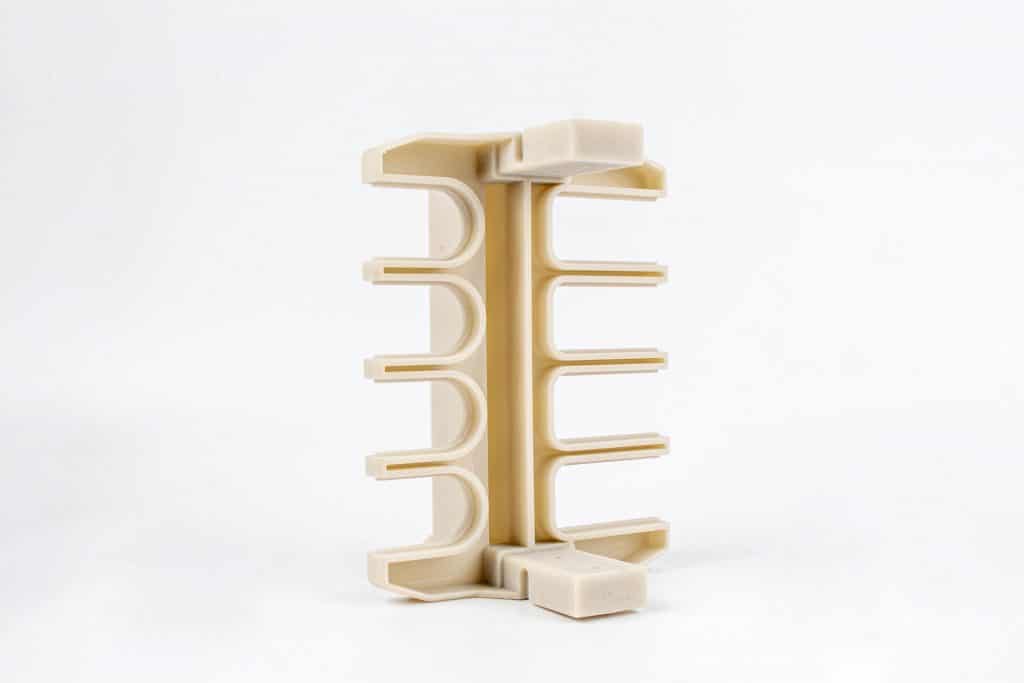Selective Laser Sintering or SLS is an industrial 3D printing technology. It builds accurate and durable parts from nylon (PA 12) materials one layer at a time. SLS is used extensively for prototypes and functional production parts.
SLS 3D printing is a mature, stable and repeatable process which can replace conventional manufacturing methods to produce parts.There are several distinct advantages to selecting SLS for your prototype or production requirements.
We have PA 12 or PA 12 + Glass fibre material options.









